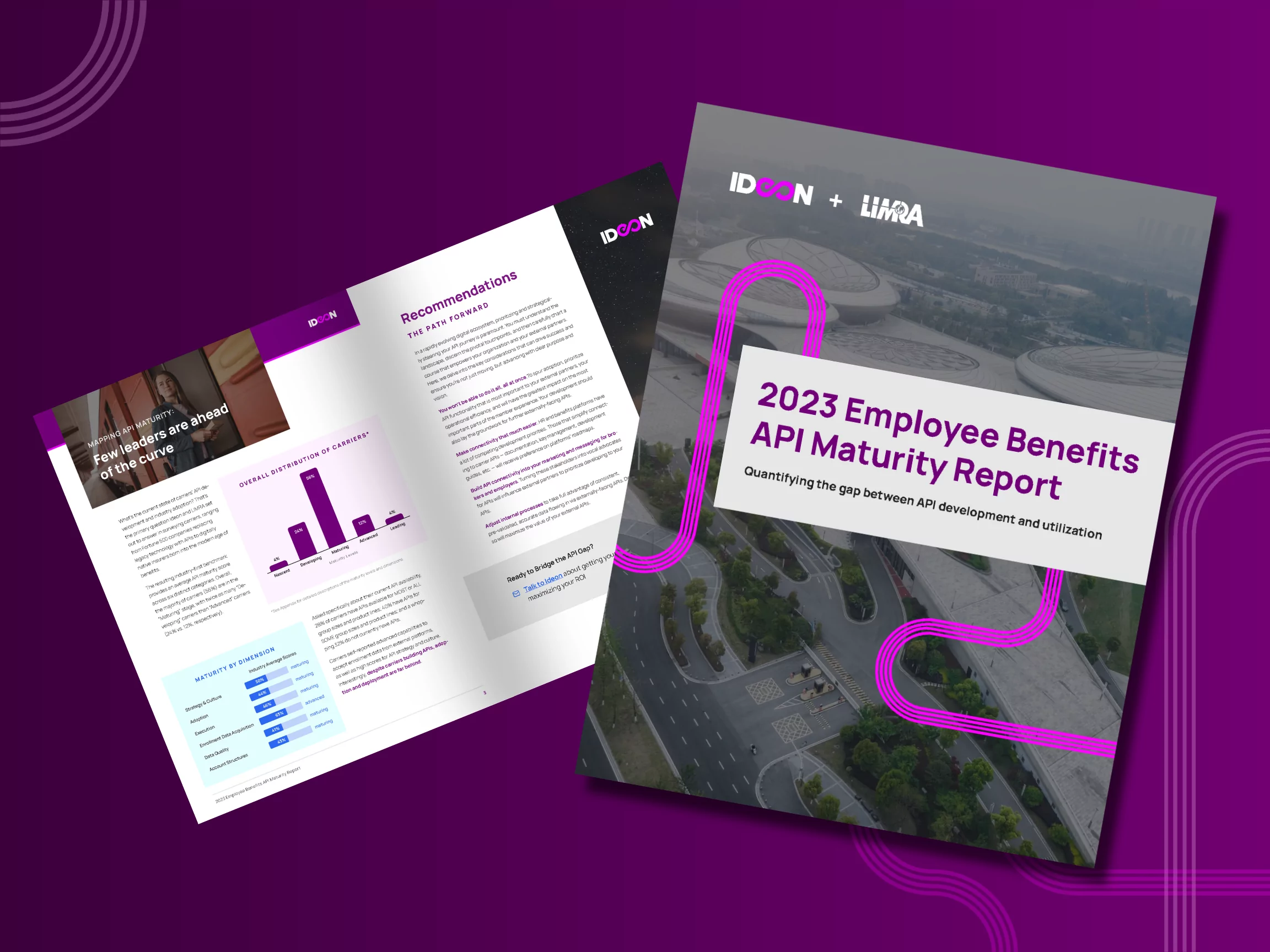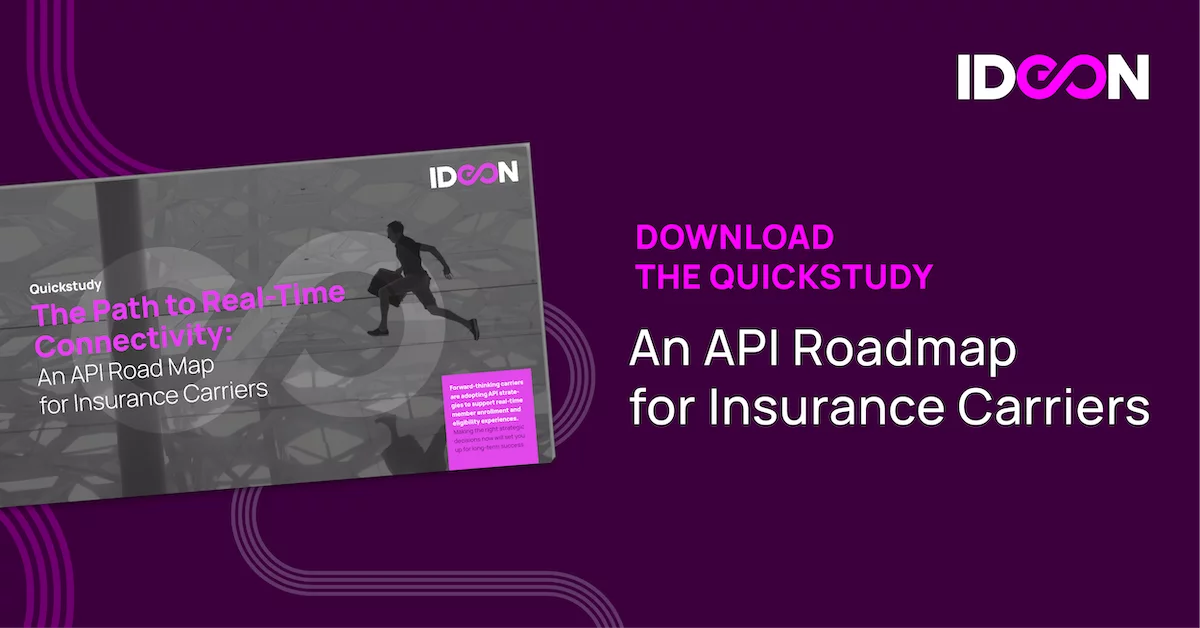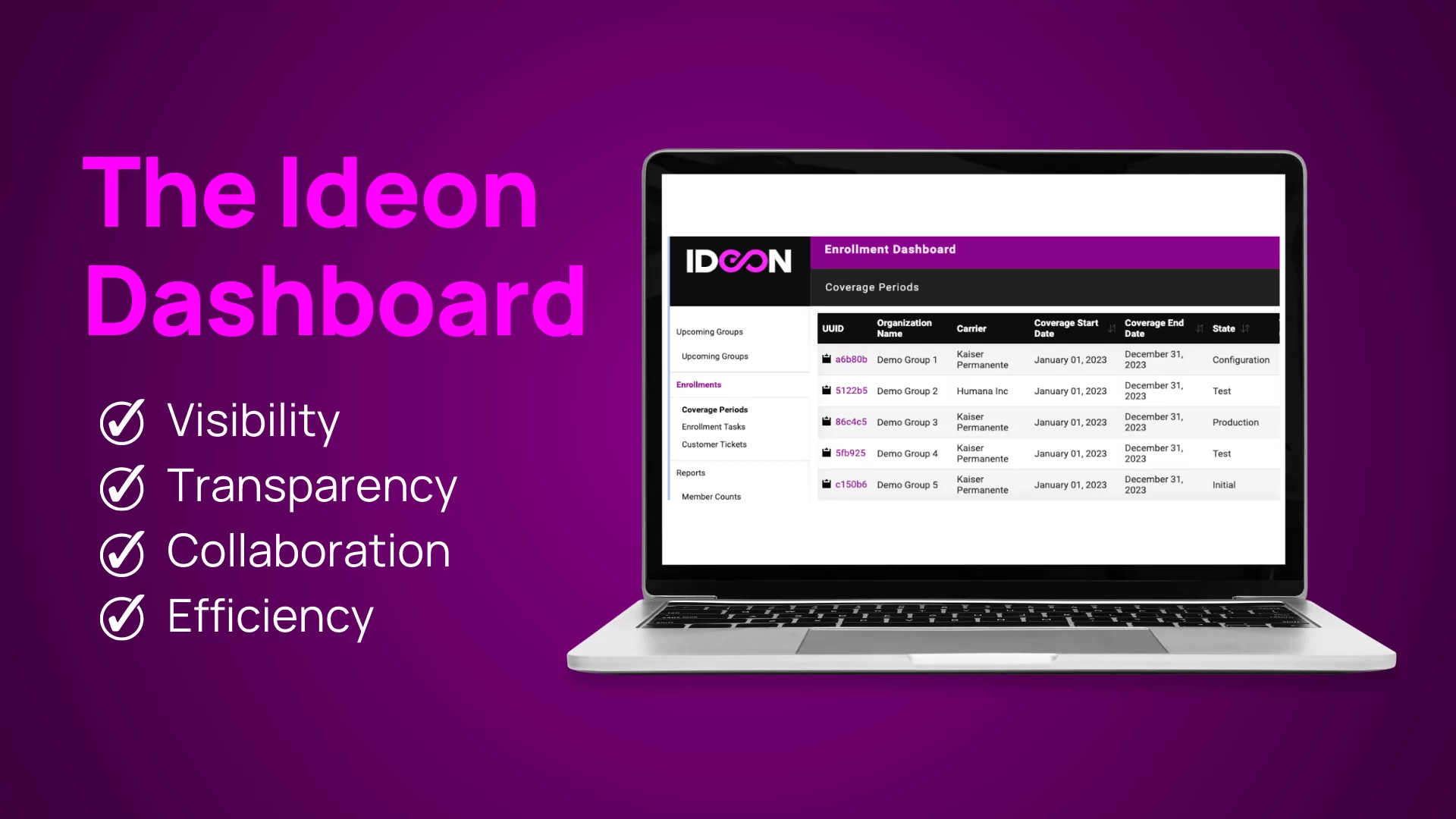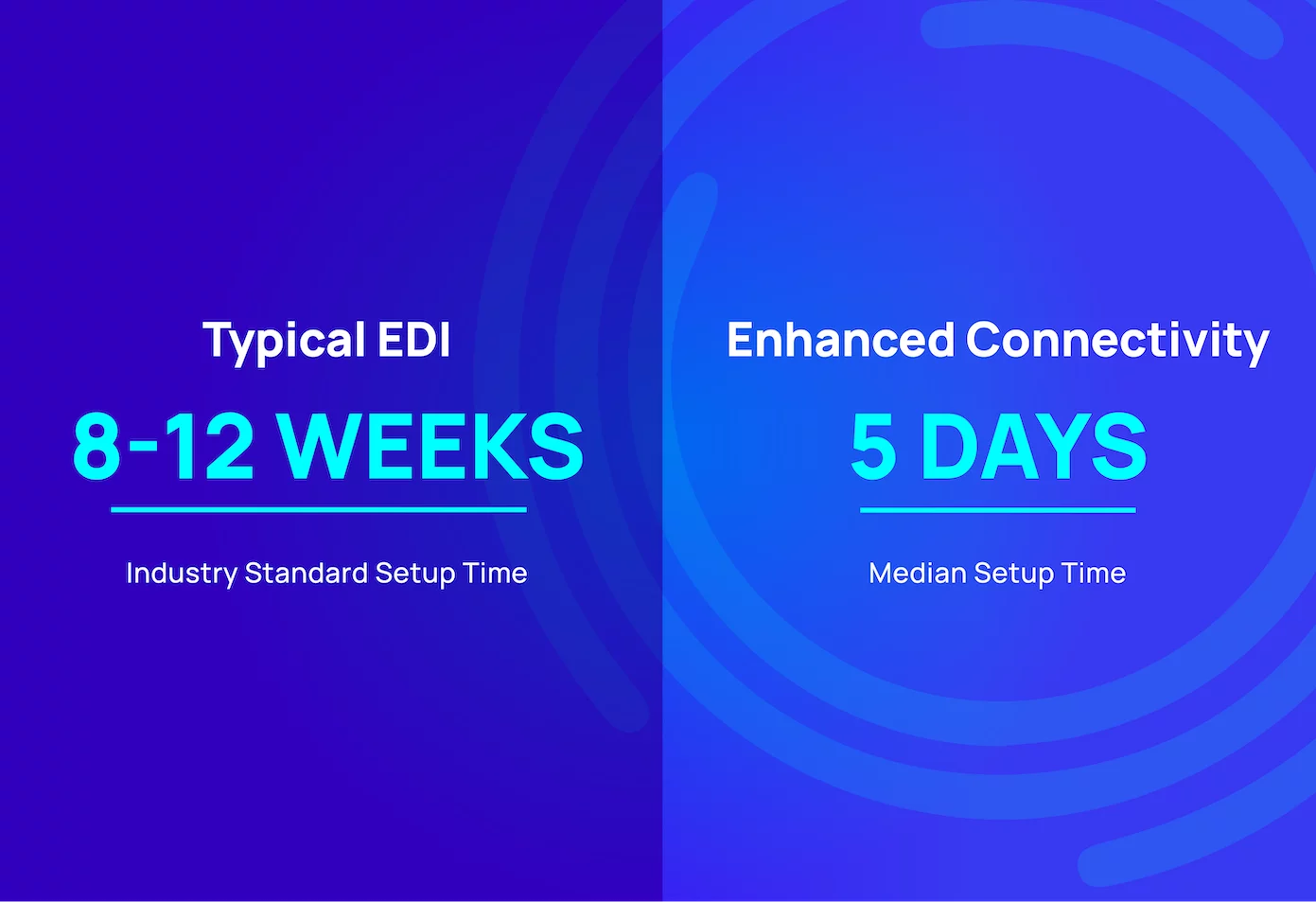At Ideon, we’re proud to have such a talented, diverse team leading the charge for a better and more connected health insurance and employee benefits industry. Our ongoing Employee Spotlight series showcases the people behind our product and unveils what life is like at Ideon. Next up… Sean Wilkins, our Engineering Manager!
Name: Sean Wilkins
Department: Engineering
Title: Engineering Manager
Location: New Jersey
Work
How long have you worked at Ideon?
Since June 2019.
Tell us about your day-to-day.
My day-to-day can vary a lot. Sometimes I am down in the weeds investigating specific issues for customers. But on other occasions, I take a long-term, bird’s eye view to assess where improvements are needed to enhance our service for existing customers or to accommodate new ones.
I also have the opportunity to work directly with customers on how our solutions can fit into their business processes to maximize value. We work hard to meet our customers wherever they are in their digital transformation, so it is important to have a breadth of experience across our solutions.
What projects are you excited to work on?
My team’s responsibilities mainly deal with, broadly speaking, “enrollments data flowing into our system.” One of our tools for importing data is a file-based translation service which we use to translate flat files, such as an XML, CSV, or JSON document. I have really enjoyed improving this service over the last year, in terms of reliability and scalability, as well as making the system easier to modify.
How have you grown professionally while on our team?
Being with Ideon since 2019, I have had a really great opportunity to build my career here. When I joined the company as a “Software Engineer” I was an individual contributor working on our soon-to-be-launched enrollments product. Since then, we’ve seen our team size grow and I have been promoted twice. Now as an “Engineering Manager,” I can leverage the skills and industry knowledge I gained during the earlier stages of the product development to help onboard new team members. I think getting early, on-the-ground experience set me up for success as a manager.
What excites you about the future of Ideon?
I really enjoy the process of taking an idea from concept to execution, seeing it evolve over time as we support more use cases and add functionality. I like sitting between our customers, engineers, and internal operations to hear all sides of the equation and help solve the problems each stakeholder faces.
What do you like about Ideon’s company culture?
I enjoy working with a team of really talented engineers. Prior to my experience at Ideon, I was at smaller companies where the engineering work was really a one-man show. In those situations, I didn’t have anyone to collaborate with. Coming to Ideon and getting a lot more feedback from peers really helped me grow as an engineer and was a breath of fresh air.
Life
Favorite activity when you’re not working?
The most stereotypical computer nerd answer – video games! Aside from that, I enjoy reading and playing with my dog Dottie.
Favorite place you’ve traveled?
Rome, Italy. I loved the sheer amount of interesting things to do in Rome, from the food to the centuries of history there was never a dull moment when visiting.
Interesting fact about yourself… Go!
Despite my indoor nature as a computer guy, I achieved the rank of Eagle scout and did a lot of hiking and camping growing up.











